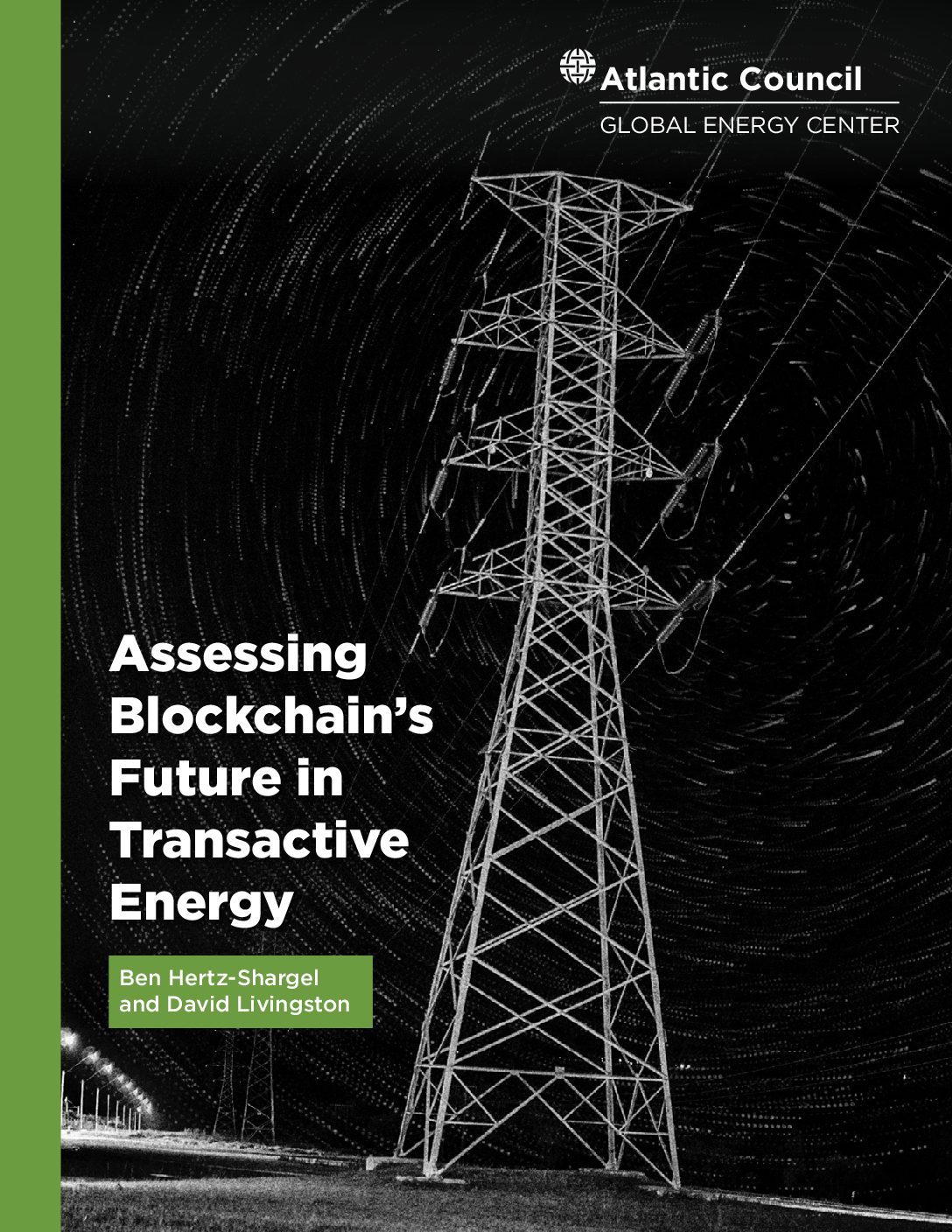The electric power system is undergoing a rapid transition toward decarbonization and decentralization. The legacy model of oneway power flow from large, primarily fossil-based generators to consumers on the distribution grid is being upended, driven by the plummeting costs of distributed renewables, battery storage, and smart energy technologies. Residential and commercial utility customers, once simply consumers of electricity, are deploying these distributed energy resources (DERs) at scale alongside project developers, becoming producers themselves in a new, increasingly decentralized power system. These changes pose a threat not only to the business models of utilities and conventional generators, but to the stability of energy markets and the electric grid itself. At the same time, they offer an opportunity: the flexibility of these new resources and technologies, their low carbon footprint, and their proximity to consumer loads could permanently reduce electricity and infrastructure costs while enabling the power sector to meet ambitious decarbonization targets. In order for this opportunity to be realized, however, legacy retail energy markets must be reformed to allow all distributed resource owners to participate and provide value, regardless of asset size and customer classification. These new markets must achieve for distribution systems what wholesale markets have for transmission systems, which is to align energy prices with real-time grid conditions such that efficient grid balancing occurs as a byproduct of market transactions. In other words, reformed market frameworks are needed to ensure these plentiful distributed resources work together as a symphony, rather than a cacophony, on the 21st century grid.
Blockchain, a technology that allows a network of mistrusting parties to securely transact with each other, has been proposed as a platform to host such transactive energy markets. Blockchain has the capability to bypass existing markets as well as the authority of electric utilities, offering residential and commercial actors a digital platform to directly buy and sell energy with each other, as well as with the utility. It also shares the power sector’s growing ethos of decentralization and democratization, suggesting that it might be the means to transactive energy’s end. This report assesses the suitability of blockchain for this purpose, as a platform for transactive energy. It performs a first principles analysis of blockchain’s technical attributes in order to align them with the expected needs of a transactive market, regardless of its precise design. Its principal conclusion is that blockchain is not currently well suited for this task, or indeed for hosting any of the primary functions of a realtime energy market, including energy data transmission, financial bids, trades, settlement, price formation, and grid service provision to the utility. While blockchain has many other potential energy-relevant applications for which it may be a far more logical and valuable tool, this does not currently extend to serving as the key platform for transactive energy markets.
This conclusion results from the identification of a fundamental tradeoff, in which blockchain’s disintermediation of a central authority is achieved at the expense of six costs: (1) Efficiency, (2) Scalability, (3) Certainty, (4) Reversibility, (5) Privacy, and (6) Governance. The upside of this blockchain tradeoff has questionable value, and viability, in the context of transactive energy as there exist natural central authorities: public utility commissions, which have statutory authority over retail energy, and the electric utilities they oversee, which are tasked with ensuring the safe, reliable, and efficient operation of the electric distribution system. At the same time, the costs of blockchain in this particular application are steep. The duplication of data hosting and processing across every node in the blockchain network dramatically limits both capital efficiency and scalability to real-world data and transaction volumes. The consensus methods by which blockchain nodes agree upon the shared transaction ledger rely upon economic incentives for—and the rationality of—its participants, posing risks to settlement finality and the security of the network in the face of hostile state actors. Perhaps most problematic, blockchain faces the opposing obligations of keeping mission-critical electrical and financial data confidential, while making it visible to its fleet of validator servers, which operate outside of a corporate firewall. Moving this confidential data off-chain would eliminate the issue, but significantly reduce blockchain’s role in primary transactive market functions. Cryptographic techniques to allow blockchain to meet these opposing obligations exist, but are in an early stage of research and development. They and their present limitations are discussed in detail in the appendix. The report makes several policy recommendations, which aim to encourage and focus the development of transactive energy platforms—blockchain-based or not—that are capable of inverting the six costs, meeting specific criteria in these key performance areas for transactive energy. The recommendations include direct financial incentives, such as agency funding and prize-based awards, as well as indirect incentives that clarify the regulatory and commercial landscape for these platforms. They also include the formation of working groups and regulatory proceedings to study the value of transactive energy in light of state-specific policy objectives, such as distribution infrastructure deferral, grid resilience, renewable portfolio standards, and retail market animation, resulting in concrete policy and budgetary roadmaps toward the transactive systems that best meet those objectives.
Importantly, the report assesses blockchain’s suitability as the platform for a real-time transactive energy market. It does not speak to the selective application of blockchain to energy applications in which the six costs have minimal impact, such as those involving less frequent transactions and non-confidential data. Renewable energy credit tracking and energy asset onboarding are two such examples. In sum, this report finds that blockchain should neither be dismissed outright, nor be viewed as a comprehensively disruptive technology or panacea for all energy challenges. Instead, it will likely continue to evolve as an increasingly useful tool for specific applications, building upon (rather than replacing) legacy systems to bring improvements to the function of energy markets as they become increasingly distributed and transactive in the years to come.
